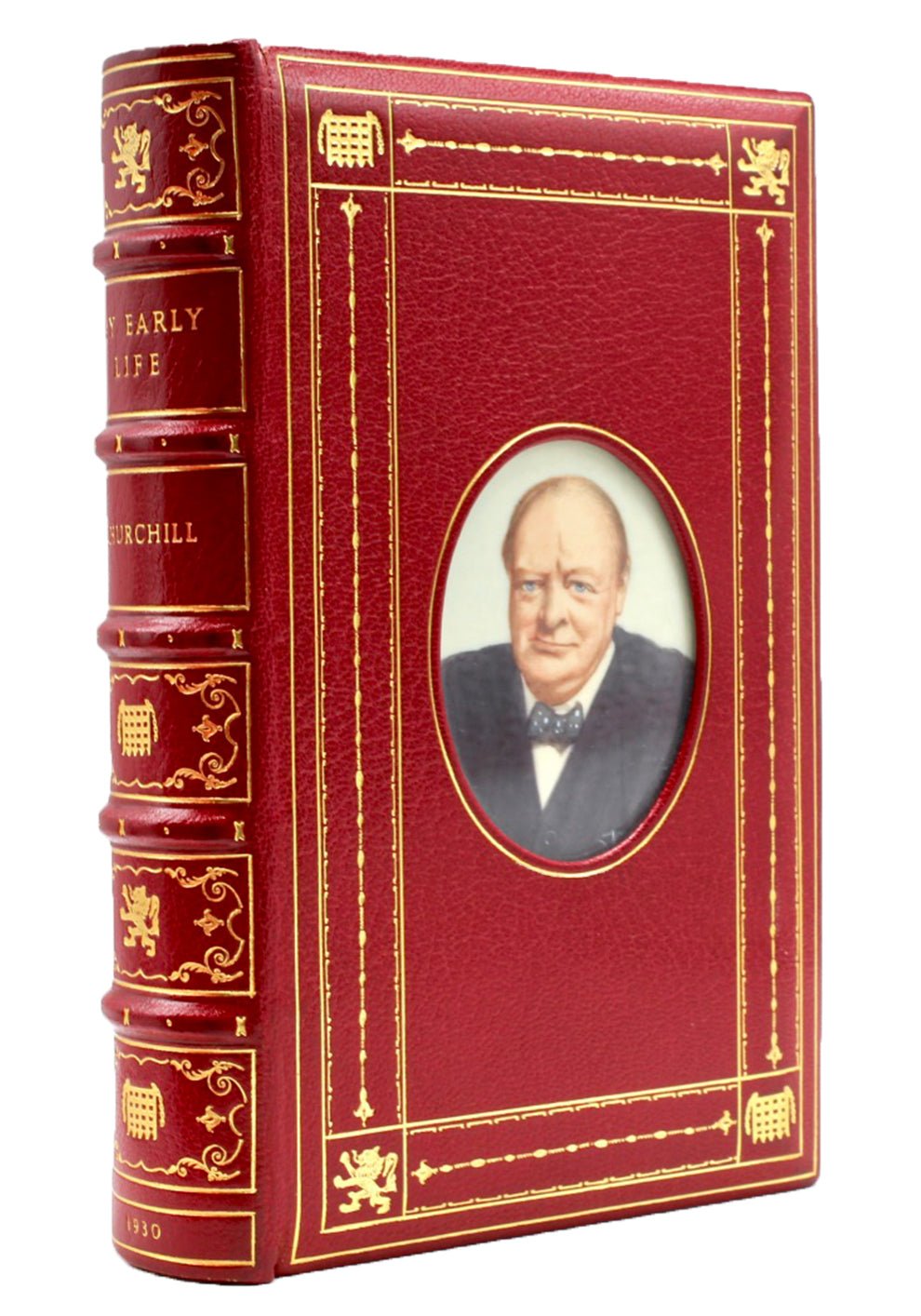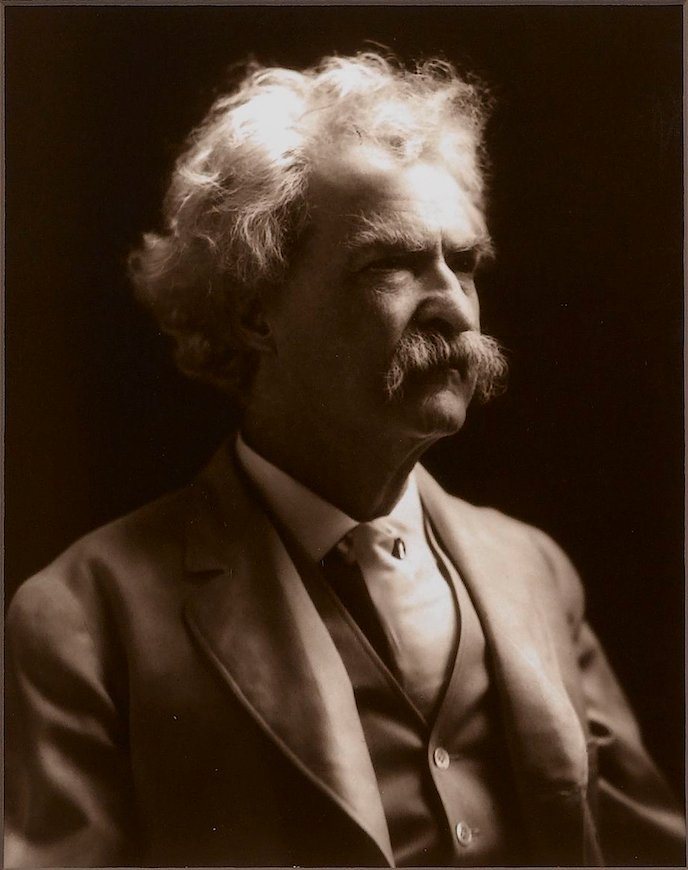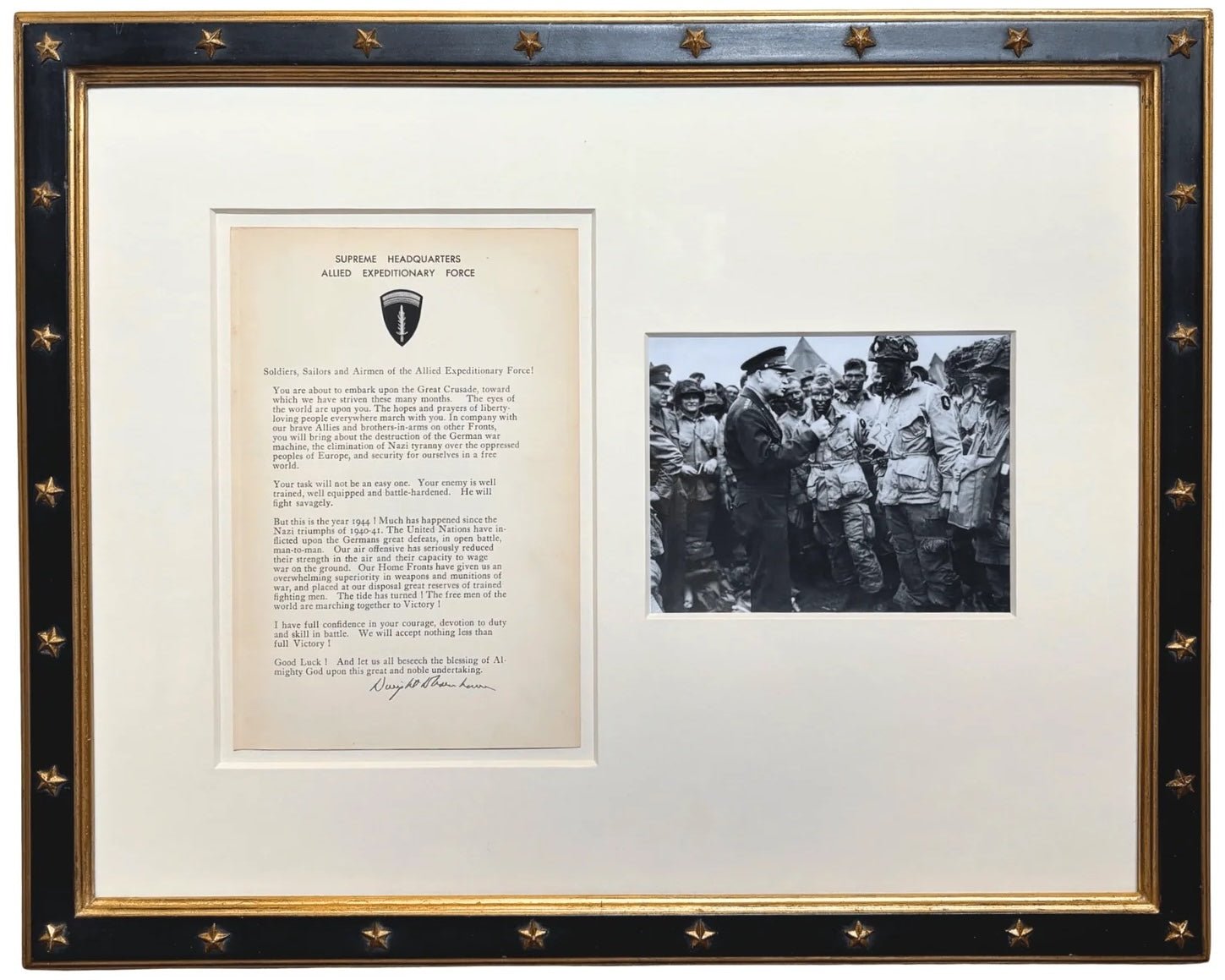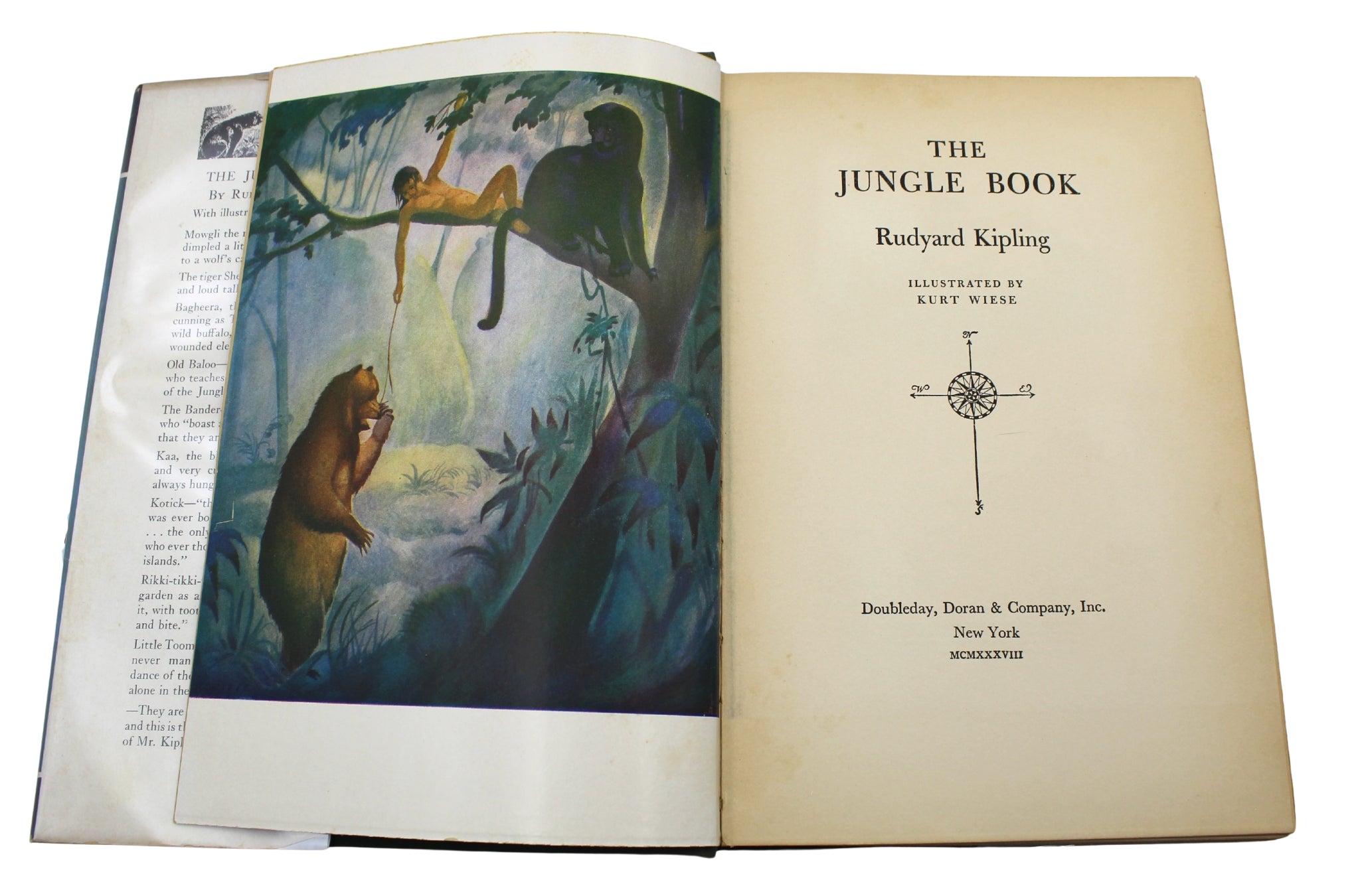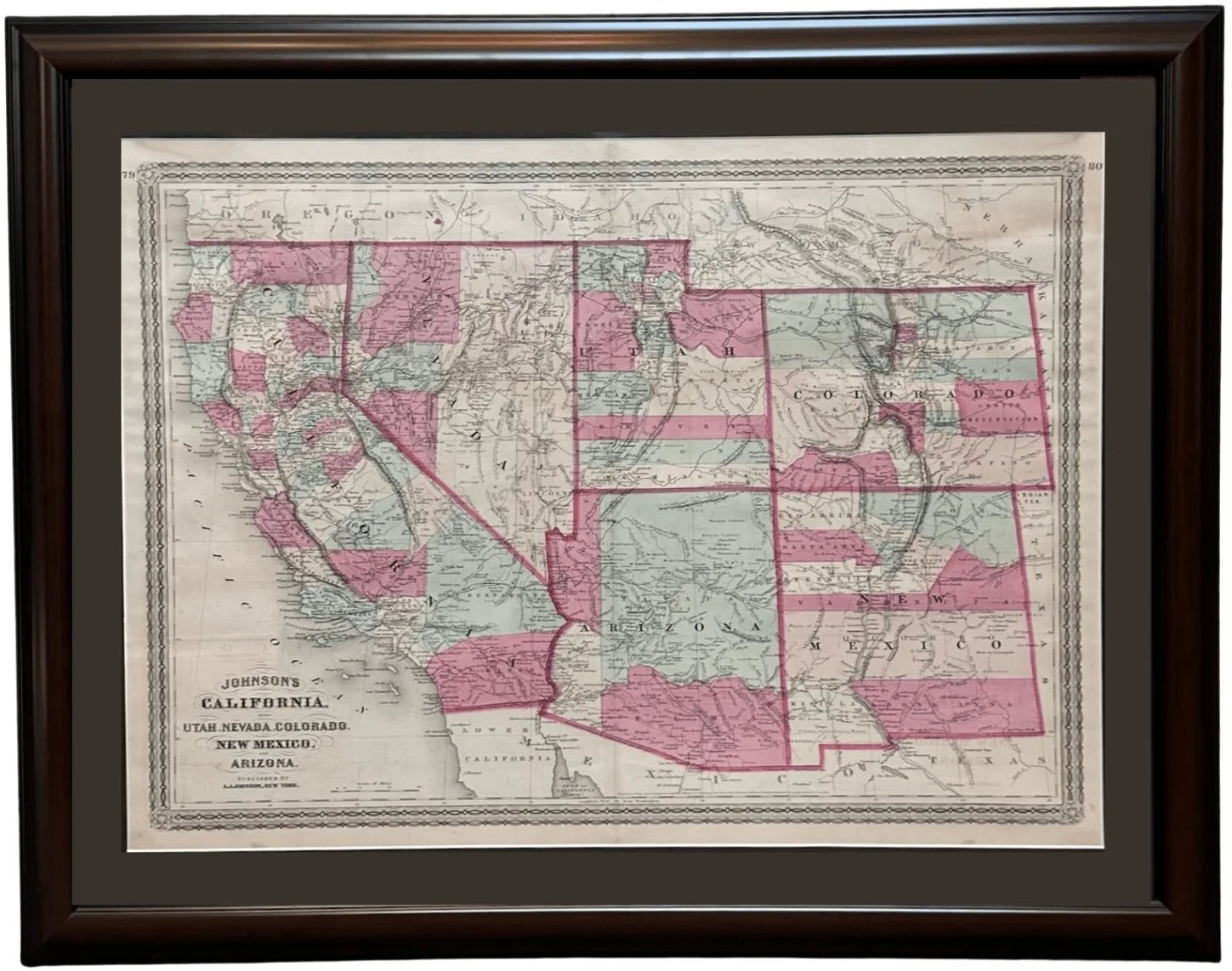Semper Fi: Our U.S. Marine Corps Leather Journals
Created in collaboration with Tactile Craftworks, these journals are exclusively sold  at The Great Republic and perfect for the Marine going back to school, going to work, or who are away from home. Hand-crafted in Milwaukee, Wisconsin, these custom journals celebrate the honor, courage, commitment, and fighting spirit that drive every Marine. Sarah Heck and Anna Warren founded Tactile Craftworks in 2014 and have been creating stunning hand-worked leather goods ever since. The U.S. Marine Corps journal is only the latest of a number of works the two artisans have designed in collaboration with The Great Republic and celebrates the dynamic and long-standing history of the military branch.
at The Great Republic and perfect for the Marine going back to school, going to work, or who are away from home. Hand-crafted in Milwaukee, Wisconsin, these custom journals celebrate the honor, courage, commitment, and fighting spirit that drive every Marine. Sarah Heck and Anna Warren founded Tactile Craftworks in 2014 and have been creating stunning hand-worked leather goods ever since. The U.S. Marine Corps journal is only the latest of a number of works the two artisans have designed in collaboration with The Great Republic and celebrates the dynamic and long-standing history of the military branch.
Always Faithful
As old as the country itself, the Marine Corps has been a part of every military conflict since the Revolutionary War. On November 10, 1775 the Second Continental Congress moved to raise two battalions of ‘Continental Marine’ forces to assist the Navy with amphibious raids. Ever since, the Marines have proven to be an integral part of the U.S. military forces. Despite being disbanded after the Revolutionary war, the need for this branch quickly became evident and was re-established on July 11, 1798. Marines have always been present wherever needed: they have fought the Barbary Pirates along the shores of Tripoli and seized seaports during the Mexican War. Marines have been at the forefront of every American battle since their founding, earning them the well-deserved unofficial motto, “First to Fight.”
Marines remained active in American conflicts around the world, securing a reputation for bravery and efficiency. During WWI, as fighting raged on the battlefields of France, the Marines proudly earned the nickname “Devil Dogs.” Beginning their story solely with amphibious raids, the corps continued to expand and develop their tactics in a way that met the country’s needs and proved effective against hostile forces. Experts in amphibious warfare tactics, the Marines came in handy during WWII conflicts including the battles of Guadalcanal and Iwo Jima. To this day, Marines continue their service in modern conflicts around the globe, confirming their “uncommon valor.”
An Uncommon Journal for an Uncommon Valor
 Our sturdy leather journal features the historic 1936 Marine Corps emblem showcasing a spread-wing eagle perched atop the Earth overlaying a foul anchor. In its beak, the eagle clutches a banner with the Latin phrase, “Semper Fidelis” translated to “Always Faithful.” Semper Fidelis has been the Marine Corps motto since 1883 and it embodies the promise to always remain faithful, no matter what. Chock full of symbolism, the major elements of the historic emblem remain the same today. The national bird of the U.S., the eagle, quickly identifies the Marines as American. A globe at the center focused on the Western Hemisphere traditionally highlights the U.S. Marine Corps' ties with the Royal British Marines, but today is more commonly seen as a nod towards the global commitments and responsibilities of the branch. Referred to as a “fouled” anchor with the cable wound around it, the last part of the emblem is shared with the U.S. Navy and denotes the very close ties between the two branches.
Our sturdy leather journal features the historic 1936 Marine Corps emblem showcasing a spread-wing eagle perched atop the Earth overlaying a foul anchor. In its beak, the eagle clutches a banner with the Latin phrase, “Semper Fidelis” translated to “Always Faithful.” Semper Fidelis has been the Marine Corps motto since 1883 and it embodies the promise to always remain faithful, no matter what. Chock full of symbolism, the major elements of the historic emblem remain the same today. The national bird of the U.S., the eagle, quickly identifies the Marines as American. A globe at the center focused on the Western Hemisphere traditionally highlights the U.S. Marine Corps' ties with the Royal British Marines, but today is more commonly seen as a nod towards the global commitments and responsibilities of the branch. Referred to as a “fouled” anchor with the cable wound around it, the last part of the emblem is shared with the U.S. Navy and denotes the very close ties between the two branches.
Tactile Craftworks and The Great Republic has also added the date November 10,
Not only are they instrumental in United States conflicts, but the Marines embody the fortitude and determination present in the phrase, “Semper Fidelis.” These sturdy, one-of-a-kind journals are worthy of The Few. The Proud.






